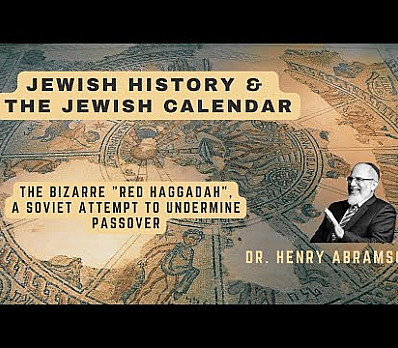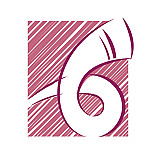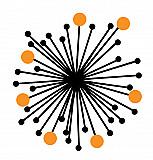Karpas for an Atheist and a Jew
Passover combines the celebration of an event from Jewish memory with a recognition of the cycles of nature. As we remember the liberation from Egypt, we also recognize the stirrings of spring and rebirth happening in the world around us. The symbols on our table bring together elements of both kinds of celebration.
We now take a vegetable, in this case parsley, to represent our joy at the dawning of spring after our long, cold winter. Whatever symbol of spring and sustenance we’re using, we now dip it into salt water, a symbol of the tears our ancestors shed as slaves. Before we eat it, we recite a short blessing:
בָּרוּךְ אַתָּה יְיָ, אֱלֹהֵינוּ מֶלֶךְ הָעוֹלָם, בּוֹרֵא פְּרִי הָאֲדָמָה
Baruch Atah Adonai, Eloheinu Melech ha-olam, borei p’ree ha-adama.
We praise God, Ruler of Everything, who creates the fruits of the earth.
What a blessing to live on an earth that reawakens each spring to put forth fruits and vegetables.
We look forward to spring and the reawakening of flowers and greenery. They haven’t been lost, just buried beneath the snow, getting ready for reappearance just when we most needed them.
Inspired to create
your own Haggadah?
Make your own Haggadah and share with other Seder lovers around the world
Have an idea
for a clip?
People like you bring their creativity to Haggadot.com when they share their ideas in a clip
Support Us
with your donation
Help us build moments of meaning and connection through
home-based Jewish rituals.
OUR TOP CONTRIBUTORS
Passover Guide
Hosting your first Passover Seder? Not sure what food to serve? Curious to
know more about the holiday? Explore our Passover 101 Guide for answers
to all of your questions.






















